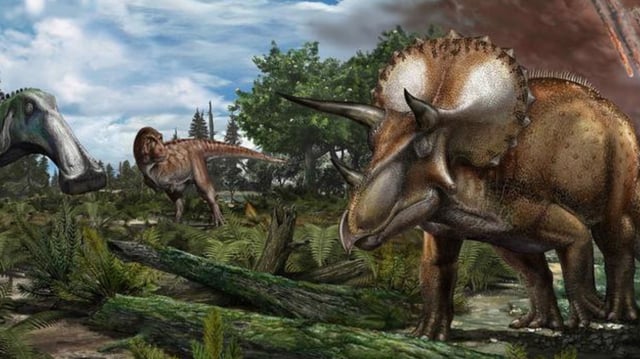Overview
- University College London researchers analyzed over 8,000 North American fossils from the final 18 million years of the Cretaceous period.
- The study found that the apparent decline in dinosaur diversity was caused by a patchy fossil record, not an actual population decrease.
- Occupancy modeling showed that the habitat area of major dinosaur clades remained stable until the asteroid impact 66 million years ago.
- Geological and environmental factors, such as reduced exposure of fossil-bearing rocks, were identified as key contributors to the fossil record biases.
- The findings challenge the notion of a gradual dinosaur decline and suggest that dinosaurs might have thrived longer if not for the catastrophic asteroid event.
